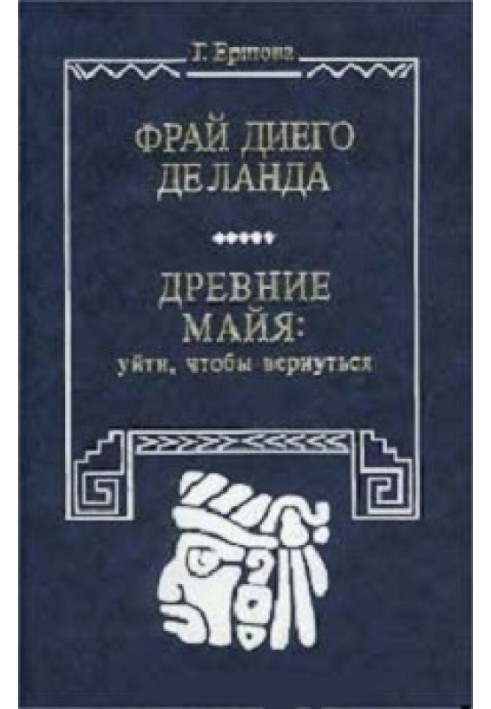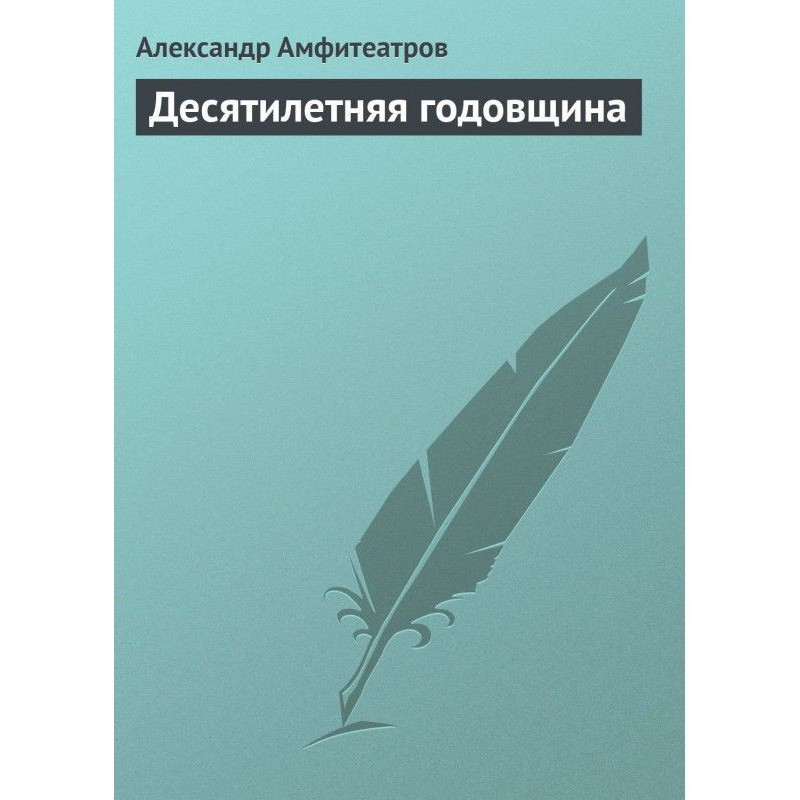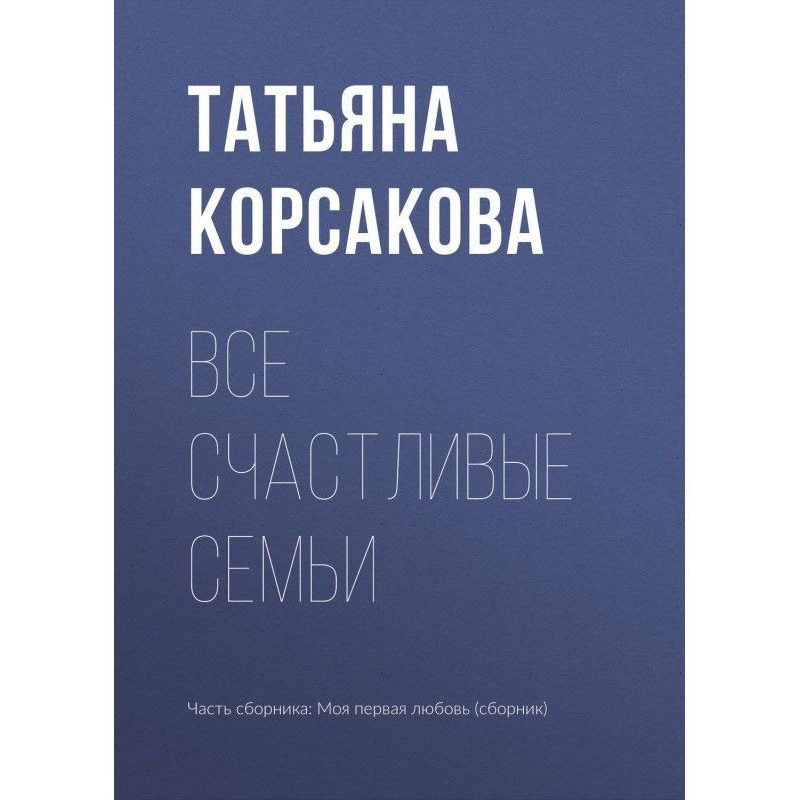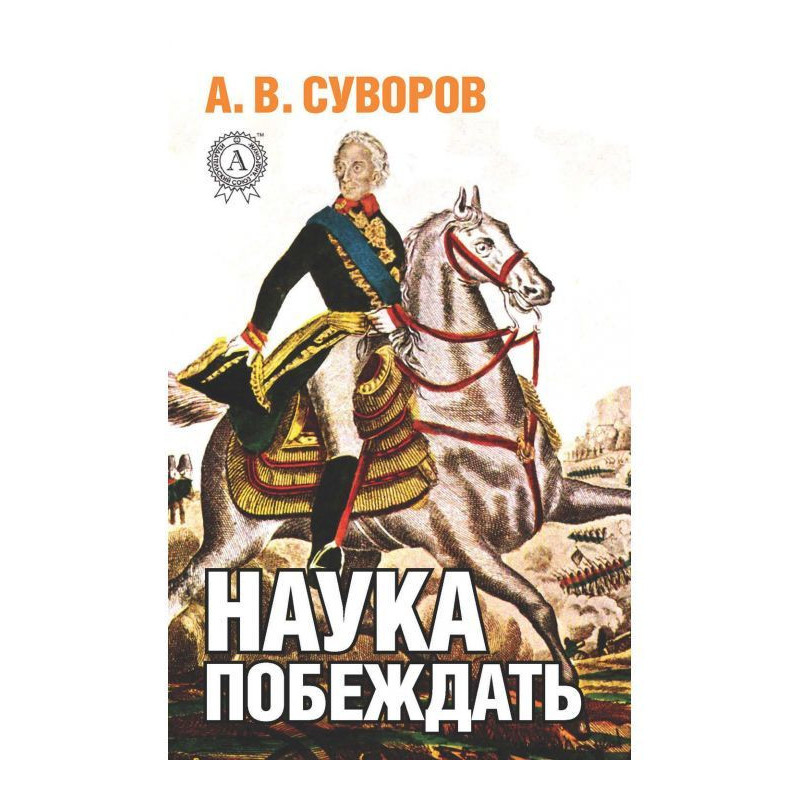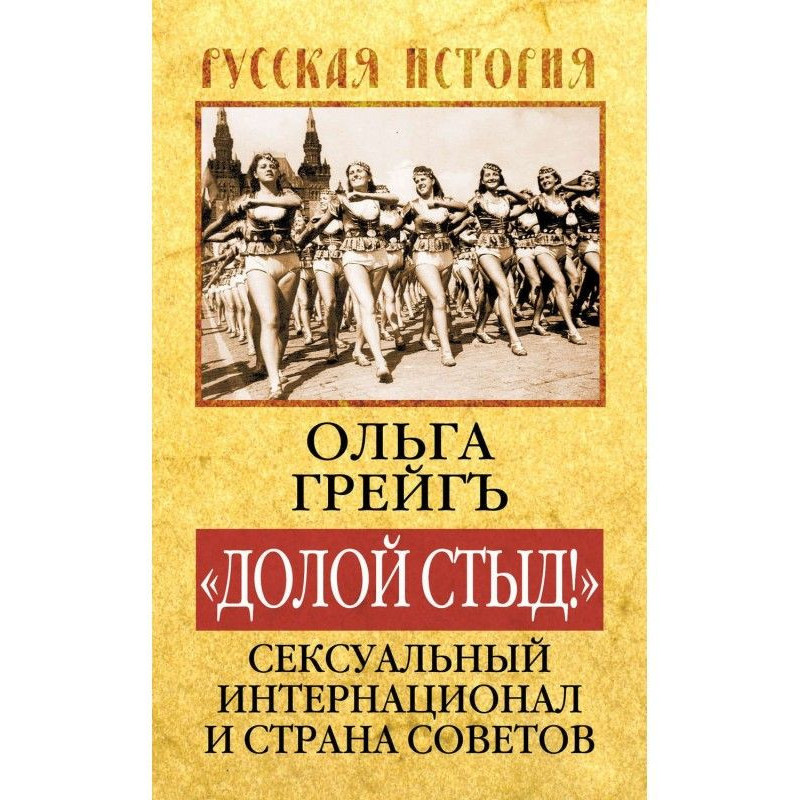Fray Diego De Landa (Biographical story). Ancient Maya: leave to return (The origins of the idea of the model of the world)
 Instant download
Instant download
after payment (24/7)
 Wide range of formats
Wide range of formats
(for all gadgets)
 Full book
Full book
(including for Apple and Android)
The world's first biographical story, “Fray Diego de Landa,” was written by G.G. Ershova, an expert on Mayan culture and ancient writing. The author is an employee of the Institute of Archeology of the Russian Academy of Sciences, director of the Center for Mesoamerican Studies named after. Yu.V.Knorozova RSUH. The book is dedicated to the Franciscan monk Diego de Lande Calderon, who in the Middle Ages went from Spain to the New World, namely Mexico, to convert the Mayan Indians to Christianity. However, the problems that the intrepid missionary faced were not limited to the catechesis of the Aboriginal people. The bright, colorful world that opened up to the Europeans lived its own, seemingly mysterious and incomprehensible life, full of wonders and adventures worthy of the most detailed description. De Landa's observations were embodied in the “Report on Affairs in Yucatan” - a unique ethno-historical monument, preserving the most valuable information about the life, history, religion, scientific knowledge and writing of the ancient Mayans. In addition, the brave monk opposed a close-knit group of corrupt officials of the Spanish administration, who shamelessly plundered the colonies. In such difficult conditions, Landa finds himself at the head of the Inquisition to investigate the case of pagan sacrifices. He, being a Franciscan, does everything to save the Indians from unjust reprisals, but in the end he is slanderously accused of obscurantism and cruelty... The monograph “Ancient Mayans: leave to return” is the result of research by G.G. Ershova, dedicated to the greatest civilization of the ancient America. The worldview of the Indians of Mexico and Guatemala is reconstructed, reflecting their ideas about life, death and reincarnation - the basis for understanding the place man in the Universe. These ideas are closely related to astronomical knowledge, the system of marriage and kinship relations, social structure, and the organization of living (geographic) space, which was a mirror image of the celestial Zodiac and the movements of the Milky Way - the Feathered Serpent. Translation and analysis of authentic Mayan hieroglyphic texts is supplemented with information on architecture, monumental sculpture, art, mythology, folklore, ethnography, archaeoastronomy. CONTENTS: From the author 3Yu.V. Knorozov. Preface 7frays Diego de Landa (Biographical Tale) 11th Mayan: Leave to return to 227 Glavs I. The Unified Cultural Space: from Olmeks to Maya • Olmeki in Ancient Mesoamerica 240 • The image of the ancestor in the culture of the pre -expanse Mesoamerics 248•Wall images of ancient Mesoamerica 255•Monumental sculpture 261•“Giant heads” 268•Izapa - reproduction of the ancestral home 272•Plot typology of monuments 286•Monte Alban 295•Maya 299Chapter II. ANCIENT WORLD PERCEPTION AND RECONSTRUCTION OF SCIENTIFIC KNOWLEDGE• Revival formula 309•On the question of the emergence of cultures of the New World 330•Perception of space and time 338•Early mythology: creation of a model of the world by the ancient Mesoamericans 357•Ideas about the “intuitive knowledge” of the ancient Maya 370•Mayan astronomical texts 3 82 •Milky Way in the ideas of the ancient Mayans 409•Mayan Zodiac 420•Model of the world in Mayan folk songs 429Chapter III. KINSHIP SYSTEM - ENSURING THE REINCARNATION CYCLE•The Mayan kinship system 501•Family and marriage among the Mayans based on materials from Spanish chronicles and dictionaries of the colonial period 508•Name 513•Analysis of kinship terms and reconstruction of the Mayan kinship system 516Some features of the American Indian kinship systems 523Conclusion 531Brief catalog of Mayan signs 535References 541List of abbreviations 548List of designations 549Name index 550Sumario 554
Data sheet
- Name of the Author
- Галина Ершова Гавриловна
- Language
- Russian
Reviews
Вражаюча подорож у світ стародавніх майя!
Книга "Фрай Дієго де Ланда" від Г.Г.Єршової - це не просто біографічна повість, а справжній культурний та історичний експлораційний досвід. Автор, будучи знавцем культури майя, майстерно відтворює епоху, в якій жив Дієго де Ланда, і показує, як його місіонерська діяльність перепліталася з глибокими традиціями та віруваннями індіанців. Книга відкриває читачеві завісу над загадковим світом майя, їхніми астрономічними знаннями, релігійними практиками та соціальними структурами. Яскраві описи, детальні аналізи ієрогліфічних текстів та культурних артефактів роблять цю книгу незамінним джерелом для всіх, хто цікавиться історією та культурою Мезоамерики. Я вражений тим, як автор вдало поєднує біографію з науковими дослідженнями, створюючи цілісну картину життя та боротьби Дієго де Ланда. Рекомендую цю книгу всім, хто хоче зануритися в таємниці стародавньої цивілізації та зрозуміти, як її спадщина вплинула на сучасність!

